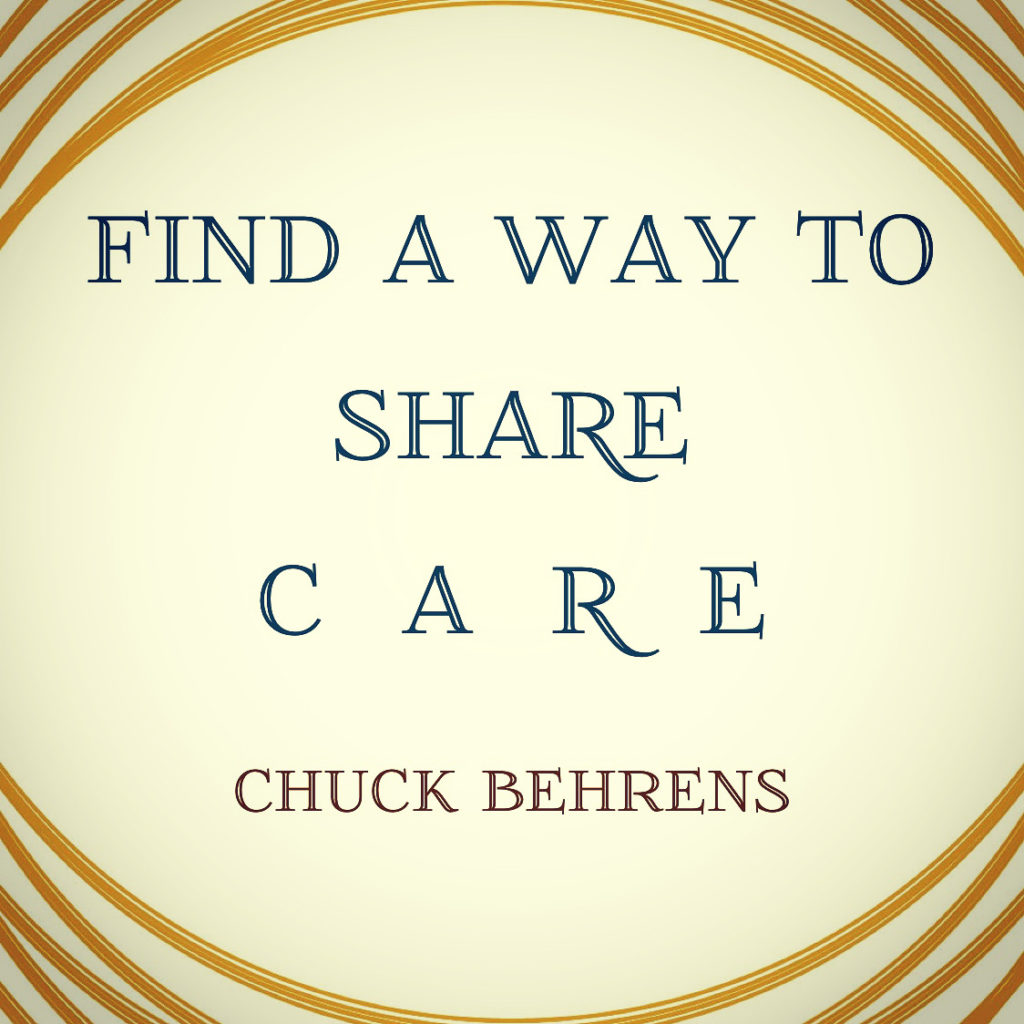|
|||||||
|
VERBAL WARFARE

IT DOESN’T TAKE MUCH TODAY
. . .just wear a mask
or NOT
and it can be
O N
T H I S
non-confrontational person
who will play peace-maker to any little
squabble that happens to start up. . .
It’s as if we are an overly dry
thirsty forest floor
AND EVERYTHING
is a lit match
just waiting to drop
which is why
I AM LOOKING
READING
SEARCHING
GOOGLING
RESEARCHING
ASKING
for some advice
SOME HOW-TO
for my sincere
WANT-TO
on how to douse
the flames
or better still
DO SOME FIRE-PREVENTION
before having to ever having to do
f i r e f i g h t i n g
by not just learning
but assimilating
The everyday martial art of talking to someone who disagrees with you
an article I recently ready by Don Johnson. . .

Words create our reality. Once we put them out there, we can’t take them back. Expressions like “I didn’t mean to say that” or “I was only kidding” come too late.
So why do couples get into needless arguments? Jeffery S. Smith, MD, writes in Psychology Today:
The cause of arguments and fights is a lack of mutual, empathic understanding. When empathy is not engaged, then people revert to a self-protective mode and become judgmental. The result is a bad feeling on both sides and no happy ending.
People want to be understood, not just heard.
Author Daniel Kahneman’s theory of two different systems of thinking sheds light on why we sometimes lose the ability to be empathetic in our relationships.
Kahneman says System 1 thinking operates quickly, without concentrated effort. It’s more unconscious, irrational, and emotional. We use it when driving a car on an empty road, reading words on a giant billboard, doing something familiar, or something that looks easy, like solving 6+6=?
System 2, on the other hand, involves effort and attention. It’s logical, rational, and conscious. We use it when solving complicated calculations, adjusting our behavior in a social situation, or when searching for a specific person in a crowd.
When faced with familiar and everyday situations, people invent mental shortcuts. If something looks easy, we use System 1, our more unconscious method of thinking. However, depending solely on System 1 can lead to biases toward everyday situations and issues.
This may explain one of the challenges of being in a relationship: We get used to our partner’s thought patterns and behavior; they become familiar and almost predictable. Consequently, it’s easy to go on autopilot and default to System 1 thinking, particularly when we get triggered, frustrated, or stressed. When we’re emotional, we are more apt to make assumptions, jump to conclusions, get defensive, and not listen attentively. Empathy can slip right through our fingers.Healthy Relationships Begin With Knowing Who You Really AreMeditation can help you locate your truest selfhumanparts.medium.com
Here are some strategies that can help you stay out of unnecessary arguments.
Speak with humility
While a lack of empathy may be the underlying cause of arguments, the words we use are the delivery system. An opinion presented as a fact is toxic and a surefire way to make someone defensive.
Here are some examples of toxic opinions:
- You’re wrong.
- That’s stupid.
- You aren’t thinking clearly.
- You shouldn’t have done that.
- You always do that.
Contrast those with these:
- I don’t understand.
- I disagree.
- I feel annoyed.
- I prefer something different.
- I have a concern.
These “I” statements are examples of owning your opinion, a critical element of humility.
It only takes one conscious person to stop an argument.
Opinions are subjective and, when expressed in the first person, constructive. They invite differing viewpoints, laying the foundation for resolving conflict. Using language in the second or third person, by contrast, closes off dialogue and invites defensiveness.
Speaking with humility will cool a conversation that’s getting too hot.
Intentionally actively listen
Be present: We’ve all experienced the disappointment of speaking to someone who is clearly busy or distracted and says, “Go ahead, I’m listening.” It feels disrespectful and can derail a conversation quickly. Be fully attentive and look at the person you are speaking to.
Be quiet: If you are aware that you interrupt people, stop doing it. It’s a good sign that, whether you realize it or not, you aren’t listening. It conveys that you are more interested in getting your point across than anything else.
Demonstrate your presence: If you sit silently, like a statue, no one knows whether you’re actually listening. Nodding gently, saying “Mm-hmm” or “Uh-huh” will help encourage the other person to explain themselves fully. Silent attention only makes people wonder if anyone is home.
Get curious: Questions show interest and help the other person feel valued. In The 7 Habits of Highly Effective People, author Stephen Covey writes, “Seek first to understand, then to be understood.” When something doesn’t make sense to you or you start to feel agitated, ask yourself: What don’t I know? Is there something I am missing? What am I curious about?
Use reflective listening: Summarize what you think you have heard and check to make sure you have it right. “Here’s what I hear you saying and what is important to you… is this correct?” If you don’t have it right, you can try again. You aren’t agreeing—you are just demonstrating you understand.
If you don’t understand, say, “I’m not clear,” or “Help me out. I’m not getting it.” It’s counterproductive to say, “You are not making sense.” This creates more defensiveness and blames the other person.
Verbal Aikido
Aikido is a modern Japanese martial art that uses the principles of nonresistance to neutralize an opponent. Translated to English, it means “the way of harmonious spirit.” Aikido does not offer aggressive or defensive maneuvers but instead uses the energy of an opponent to divert and redirect an attack harmlessly. The philosophy is based on peaceful resolution and self-improvement. It only takes one conscious person to stop an argument.
Arguments are like two people physically pushing on the other. One pushes; the other pushes back. Then the other pushes back harder. Nothing is accomplished, and everybody feels bad. Verbal aikido uses these principles in defusing conflicts and can help both individuals rekindle empathy.
Let’s imagine my wife and I are arguing. She says, “That’s a dumb idea; it won’t work.” If I say, “You’re wrong,” I’m just pushing back on her, creating more friction. If I agree with her, but don’t mean it, I’m not being truthful, and I’ll wind up being resentful.
Verbal aikido, however, can help stop the “pushing.” Here’s how it works:
YIELD: I can defuse the situation by acknowledging her point of view, reframing it slightly to help her recognize and own her opinion. I don’t say anything aggressive or defensive, but I might say, “You think it’s a dumb idea.” Helping her take ownership of the opinion, presented as a fact, is the first step in redirecting the verbal attack.
INQUIRE: Assuming she says, “Yes, I do think it’s a dumb idea,” I can say, “Okay, help me understand why you think it’s dumb?” I want to invite her to share not just what she thinks, but why she thinks that way. I’m curious to understand her thinking and perspective.
SHARE: Then, I explain why I think the way that I do. “I think it’s a good idea because…” This creates balance in the conversation and opens up a discussion not just about our opinions but about what is behind them. Arguments are solved through dialogue.
RESOLVE: As we talk more, if she offers convincing ideas, I can change my mind. If I still don’t agree, I can say, “Let’s find a solution that works for both of us.” We may compromise and move ahead together, or we may decide to disagree, but at least we understand why we think the way we do, and that is a better outcome than arguing.
Arguments are inevitable in life, but by being mindful and skillful, we can speak wisely, listen actively, and bring empathy and love into our conversations — even the tough ones. . .ONLY IF WE REALLY WANT. . .




